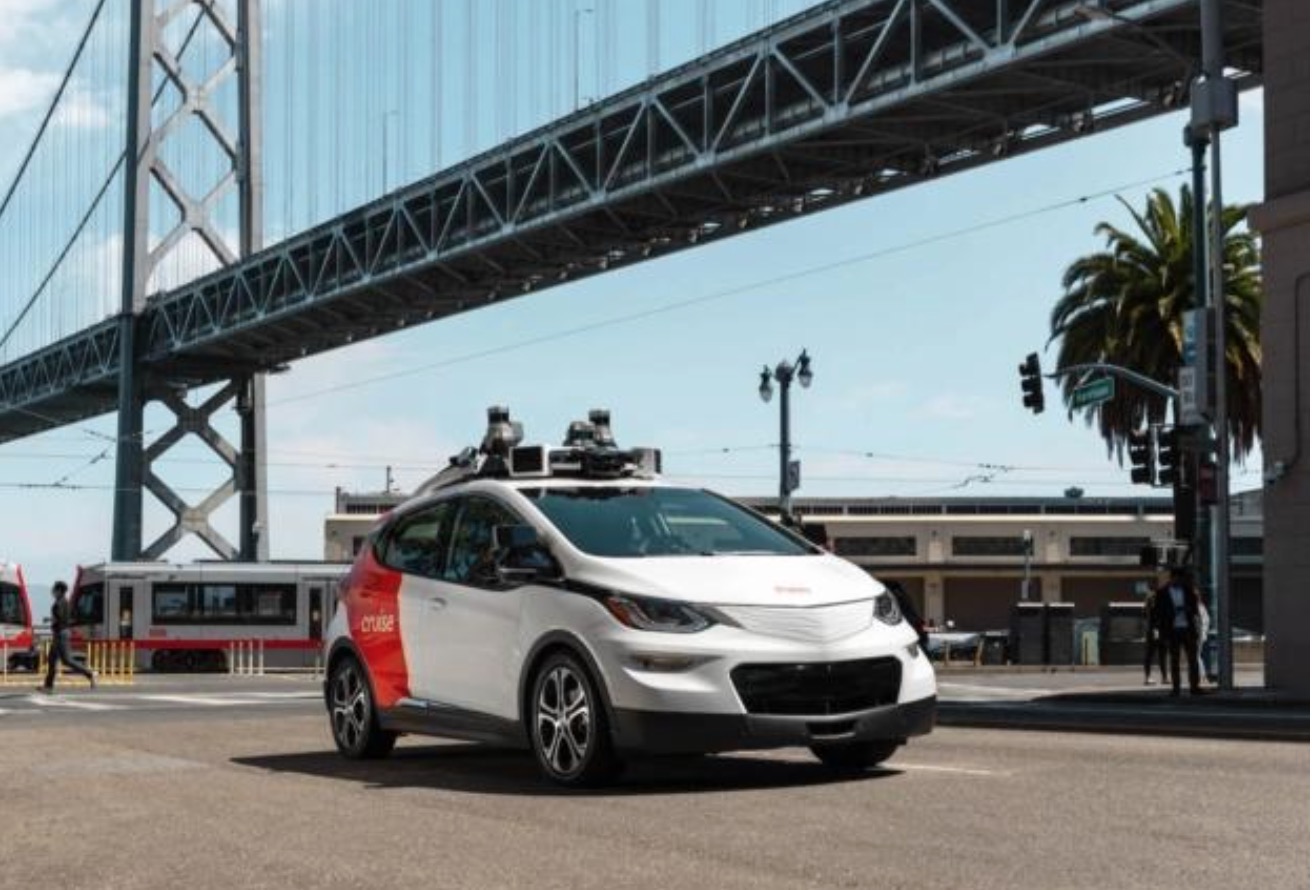Recently, according to TechCrunch, in May this year, the California Public Utilities Commission (CPUC) received an anonymous letter from a self-proclaimed Cruise employee. The unnamed person said that Cruise’s robo-taxi service was launched too early, and that Cruise robo-taxi often malfunctioned in some way, parked on the street and often blocked traffic or emergency vehicles as one of his main concerns.
The letter also stated that Cruise employees generally believed that the company was not ready to launch the Robotaxi service to the public, but that people were afraid to admit it, due to the expectations of the company’s leadership and investors to launch.

It is reported that the CPUC issued a driverless deployment license to Cruise in early June, allowing Cruise to start charging for self-driving taxi services in San Francisco, and Cruise started charging about three weeks ago. The CPUC said it was studying the issues raised in the letter. Under the CPUC’s licensing resolution to Cruise, it has the power to suspend or revoke the license for self-driving cars at any time if unsafe behavior becomes apparent.
“Currently (as of May 2022) there are frequent instances of vehicles from our San Francisco fleet entering a ‘VRE’ or vehicle retrieval, either individually or in clusters. When this occurs, vehicles are stuck, often blocking traffic in the lane and potentially blocking emergency Vehicles. Sometimes it is possible to remotely assist the vehicle to pull over safely, but sometimes the system can fail and cannot remotely steer the vehicle away from the lane they are blocking, requiring manual maneuvering,” wrote the person, who described himself as a Cruise worker Employees of safety critical systems for many years.
Post time: Jul-20-2022